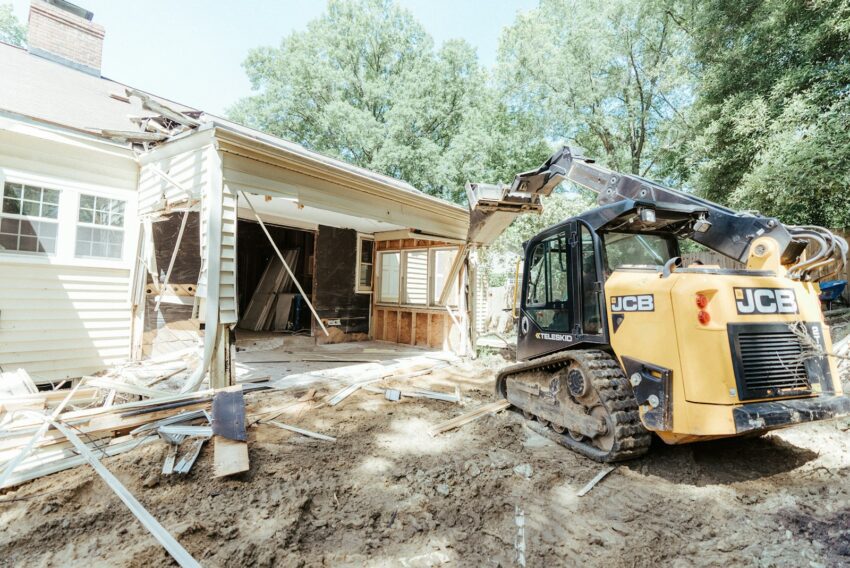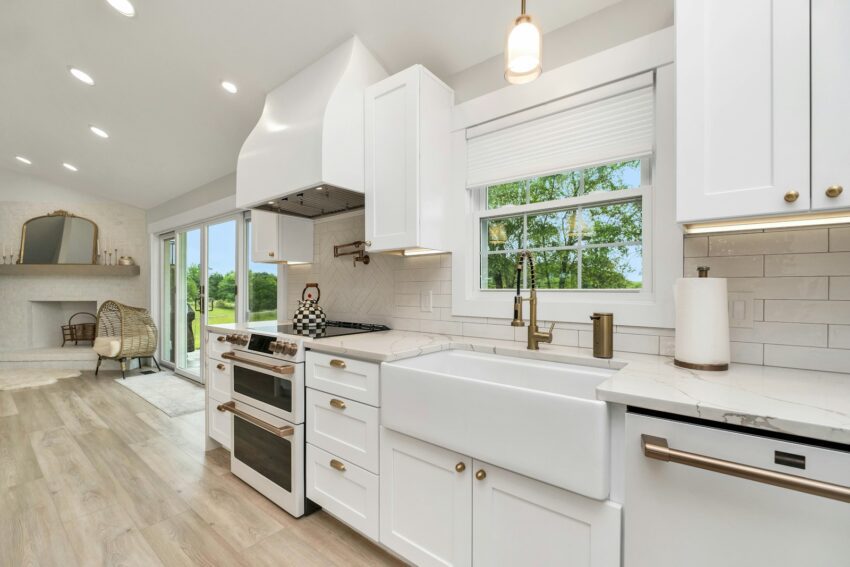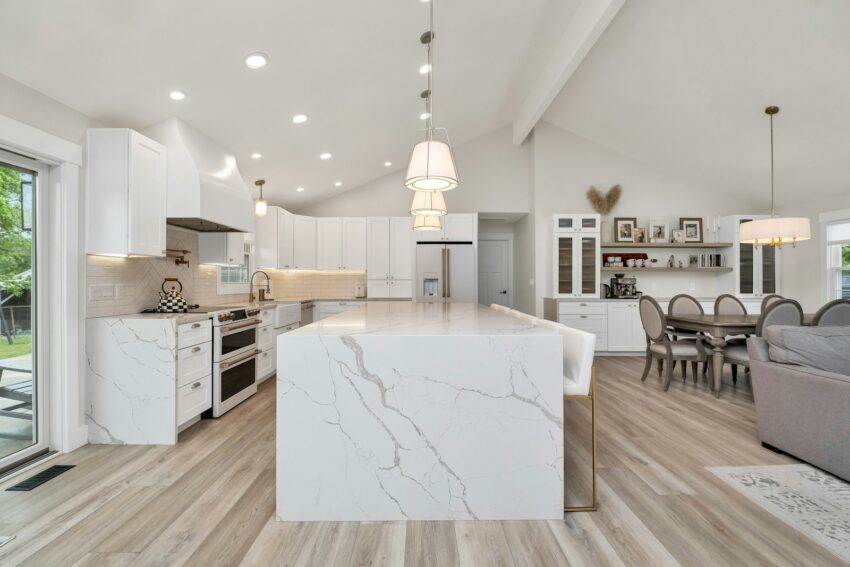The image is sharp and inviting: sunlight streams through a new, larger window, illuminating a kitchen where countertops are clear, cabinets are seamless, and the layout flows with an intuitive grace. This is the “after” photo, the dream that fuels the decision to transform a living space. But between this polished vision and the current reality lies a chaotic chasm filled with dust, decisions, and unforeseen delays. It’s a landscape of tangled logistics—coordinating plumbers with electricians, sourcing the right materials amidst supply chain hurdles, and deciphering cryptic building codes. For most homeowners, this process can quickly become a second full-time job, one they are completely unprepared for.

The Architect of the Plan: Pre-Construction and Vision
Long before the first sledgehammer swings, a general contractor’s most critical work is already underway. This foundational phase is one of translation—listening intently to a client’s aspirations, understanding their daily routines, and converting abstract desires into an actionable blueprint.
This process involves:
- Meticulous Budgeting and Feasibility Studies: Aligning the vision with financial reality, considering specific regional challenges like those in Miami.
- Navigating Permitting: Deep knowledge of local building codes (e.g., high-velocity hurricane zones in Miami) to streamline the complex permitting process.
- Preventative Expertise: Identifying potential roadblocks early.
- Value Engineering: Suggesting cost-effective material alternatives without sacrificing design integrity.
- Pre-Approval of Details: Ensuring every detail is approved before construction begins to prevent costly delays and ensure compliance.
This meticulous pre-construction planning is the invisible scaffolding that supports the entire project, preventing costly delays and ensuring the final structure is not only beautiful but also sound and legally compliant. It’s about building the project on paper, perfectly, before building it in reality.

The Conductor of Chaos: Managing the Build Phase
As the project transitions from paper to physical form, the general contractor’s role shifts to that of a conductor orchestrating a complex symphony of trades. Their primary task is to manage the intricate schedule of specialized subcontractors—ensuring the demolition crew is finished before the framers arrive, who must be done before the electrician and plumber can run new lines. This logistical dance is critical to maintaining momentum. This is where having an established general contractor Miami becomes invaluable; their curated network of reliable local artisans and technicians has been built over years of experience. They aren’t just hiring from a list; they are deploying trusted partners who understand the nuances of regional architecture and are known for their craftsmanship. Parallel to managing people, the GC oversees the relentless flow of materials, ensuring that everything from structural lumber to custom-ordered tile arrives on time, preventing the costly domino effect of a single delay halting all progress on site.
The Linchpin of Communication: Bridging Client and Crew
Amidst the controlled chaos of a construction site, communication is the element that holds everything together, and the general contractor serves as its central, unwavering hub. For the homeowner, this is a profound source of relief. Instead of trying to coordinate with or get updates from a half-dozen different specialists, they have a single, accountable point of contact.
A proficient General Contractor’s communication responsibilities include:
- Providing regular, coherent updates on progress.
- Explaining next steps in layman’s terms.
- Remaining accessible to answer questions and address concerns.
- Facilitating changes through formal change orders, transparently outlining new scope, budget, and schedule impacts.
This role is especially critical when plans change. If a homeowner decides they want to add recessed lighting or move a wall, the GC facilitates this through a formal change order. This document transparently outlines the new scope of work and its impact on the budget and schedule, ensuring that all parties are aligned and there are no financial surprises at the end of the project.

The Unseen Skill: Proactive Problem-Solving
No remodeling project, no matter how well-planned, is immune to surprises. The true measure of a general contractor’s worth is often revealed in these unscripted moments. When a wall is opened to reveal moisture damage from years of humid air—a frequent discovery in home remodeling Miami – or outdated, hazardous wiring, panic is not an option. An experienced GC sees this not as a catastrophe, but as a problem to be solved. They leverage their deep knowledge and network to immediately diagnose the issue, develop a set of viable solutions, and present them to the homeowner with clear-eyed recommendations. For instance, they won’t just report a supply chain delay on a chosen fixture; they will arrive with three alternative options that are in stock, fit the design aesthetic, and meet the budget. This ability to absorb shocks, pivot quickly, and navigate unforeseen obstacles without derailing the entire project is perhaps their most vital and least visible skill—turning potential disasters into manageable adjustments.
More Than a Finished Room
The process from a design sketch to a fully realized living space is a testament to a thousand coordinated steps. The general contractor walks every one of them—acting first as an interpreter of dreams, then as a meticulous planner, a field conductor, a clear-headed communicator, and finally, as a steadfast problem-solver. Their true value, however, is not measured in drywall sheets or linear feet of trim. It is found in the managed process, the quality assurance baked into every decision, and the invaluable peace of mind that comes from placing a complex, high-stakes project into capable hands. Ultimately, engaging a contractor is an investment in expertise and execution. The stunning final reveal—the light-filled kitchen, the serene bathroom, the functional living area—is the direct and tangible outcome of this constant, complex, and often invisible work that happens entirely behind the scenes, allowing the homeowner’s vision to finally step into the light.
